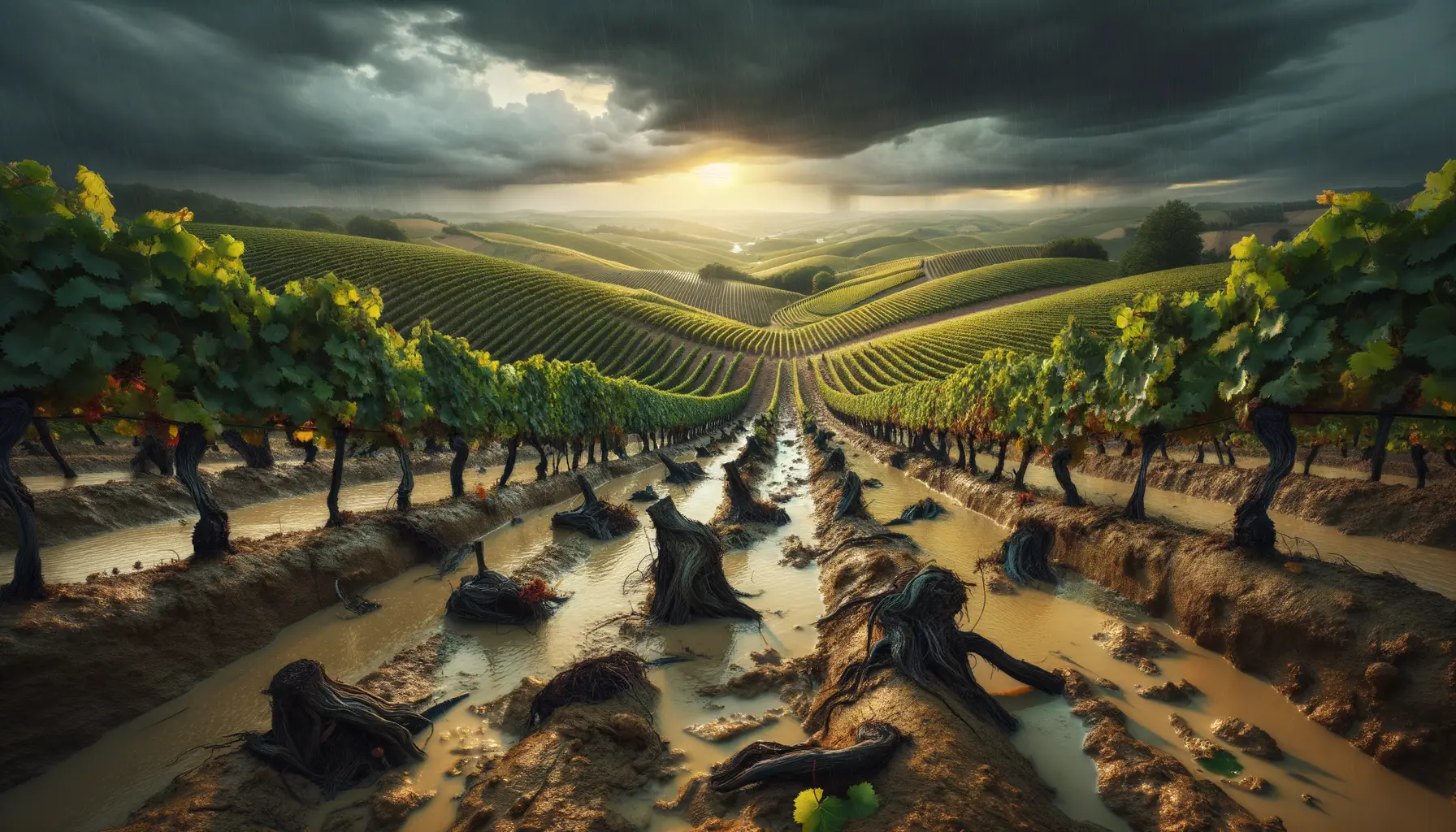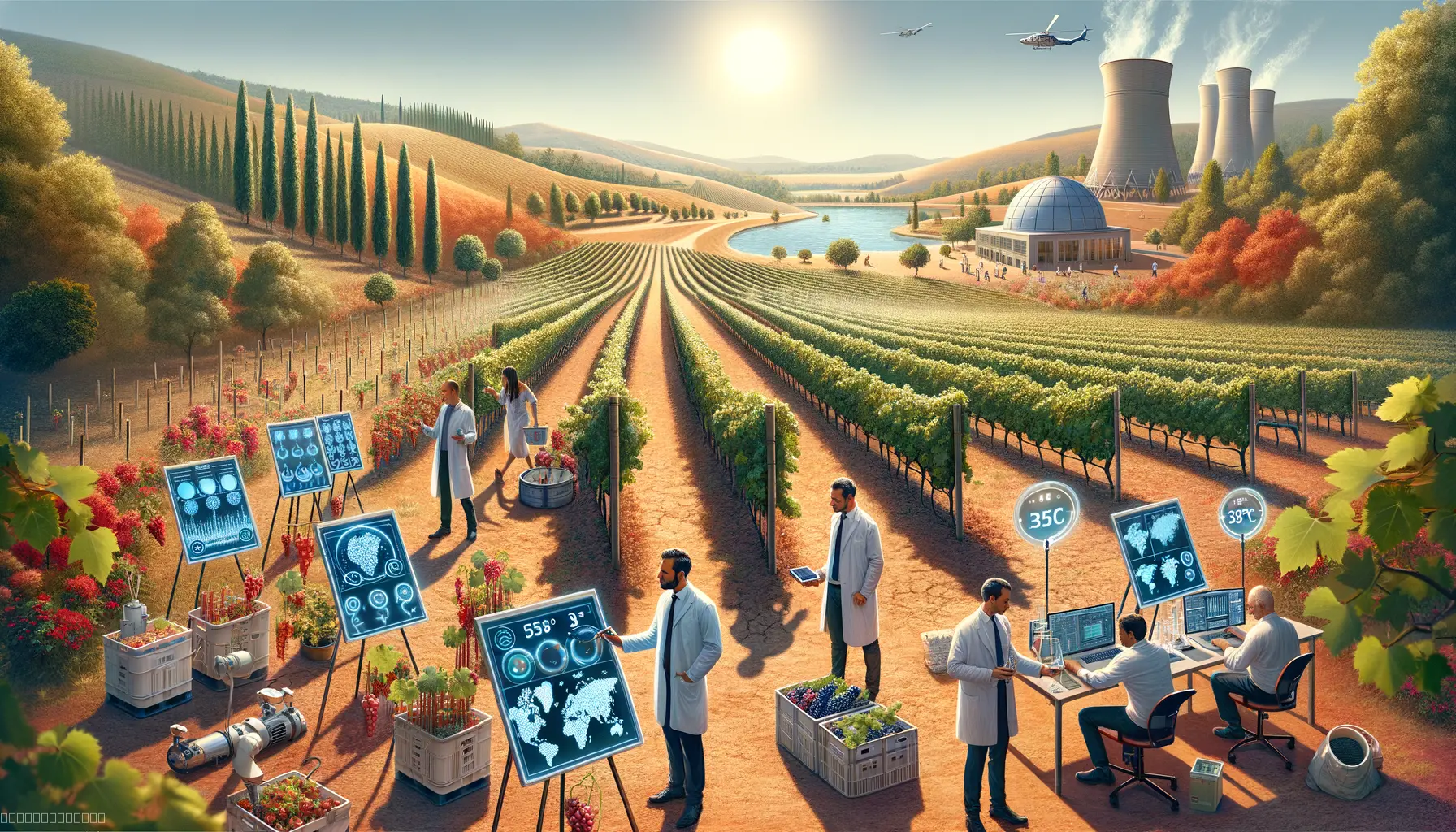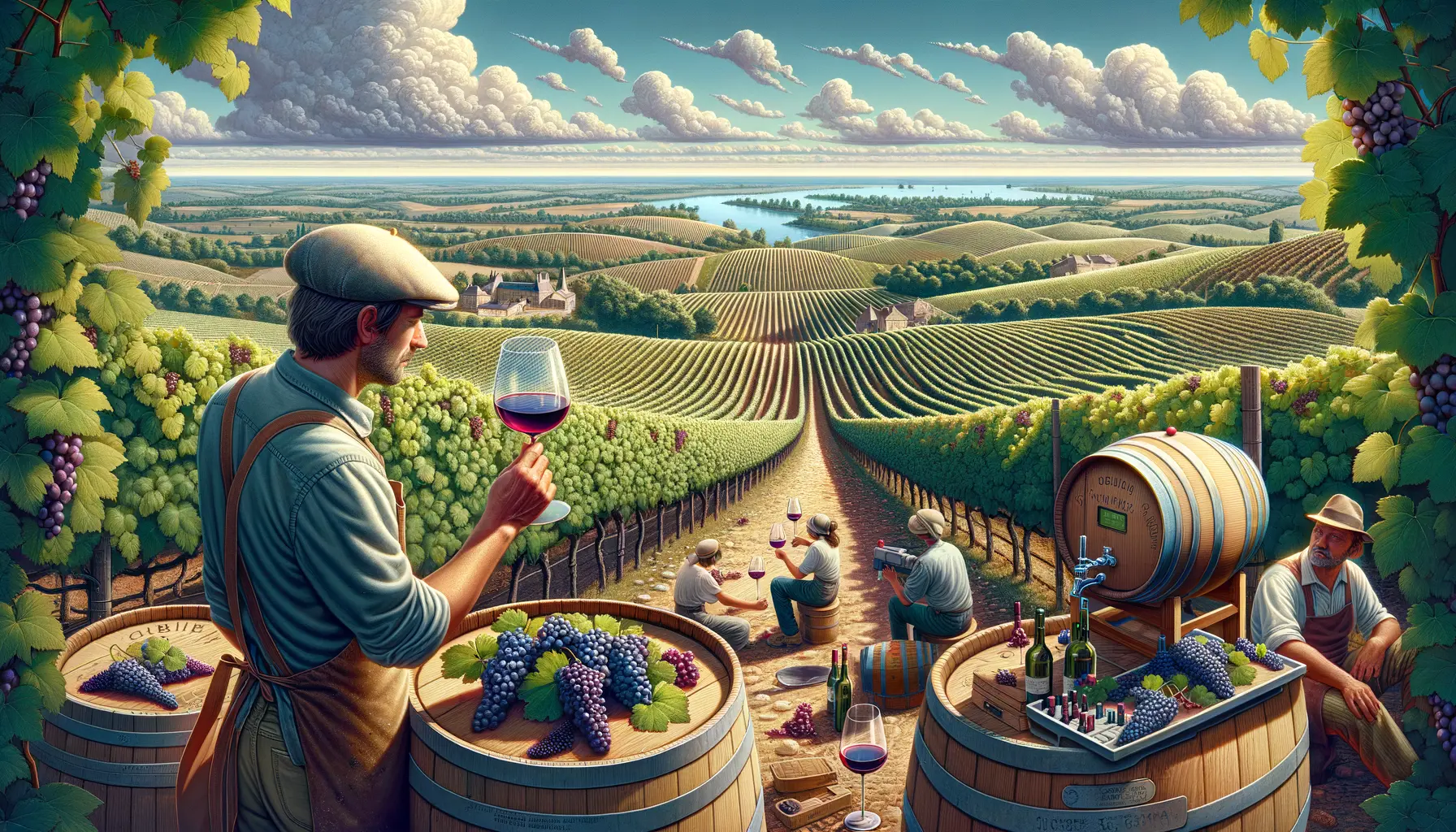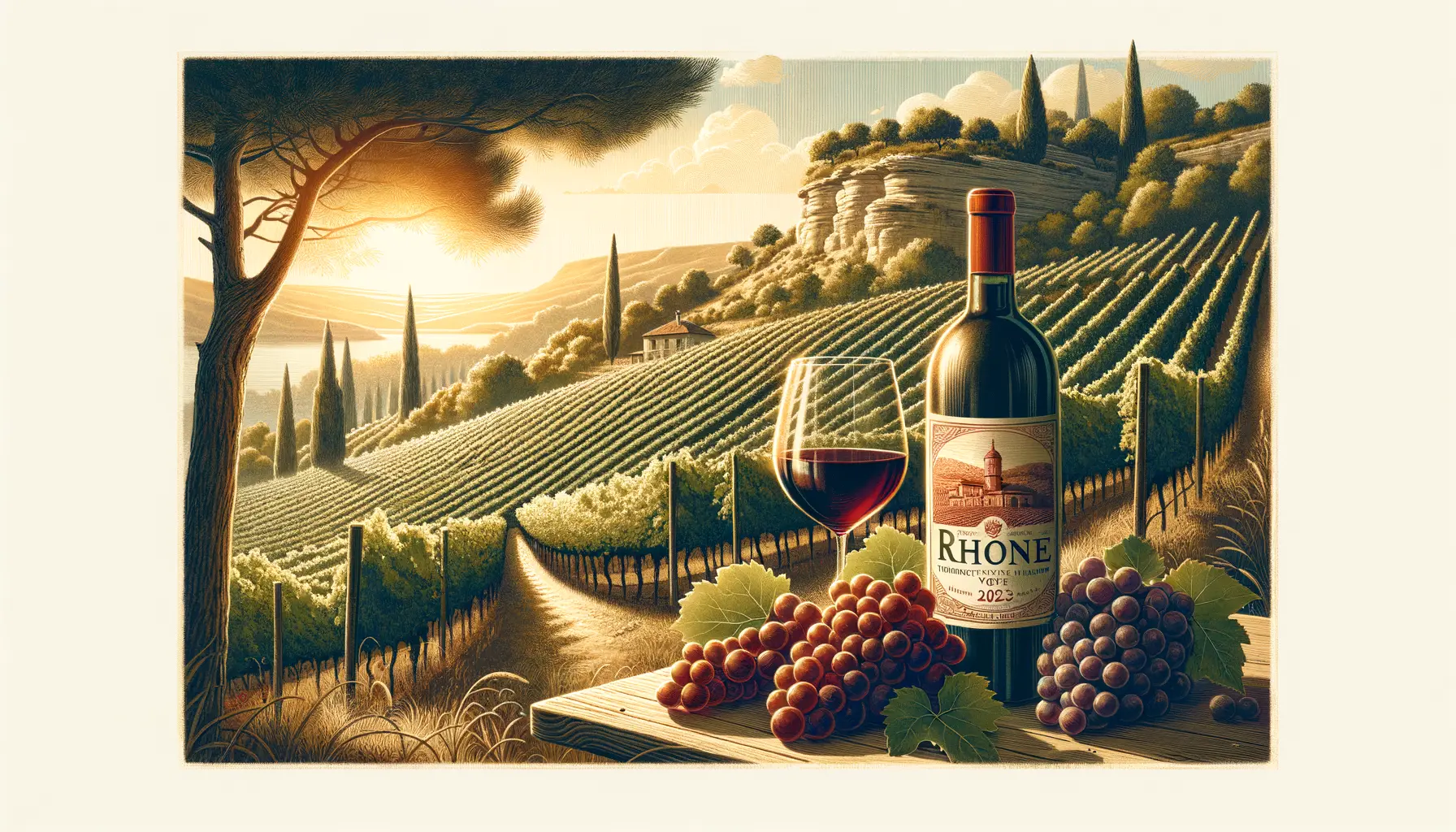
Efforts to uproot vines in the Bordeaux region have been significantly impeded by poor weather, according to the Bordeaux wine bureau (CIVB). The ambitious "grubbing up" scheme aims to align wine production with sustainable practices while addressing declining wine consumption in France and export challenges.
The Scope and Purpose of the Grubbing Up Scheme
As of July 10, over 3,000 hectares of Bordeaux vines had been uprooted as part of a sanitary grubbing-up plan. This initiative is co-funded by France’s Ministry of Agriculture and the CIVB. The plan originally allowed for a maximum of 9,500 hectares, accounting for about 9% of the region’s total vineyard area. However, the inclement weather has made it difficult for winemakers to make substantial progress.
Impact of Adverse Weather on Vine Uprooting
Heavy rainfall in recent months has posed significant challenges to winemakers attempting to carry out the grubbing-up process. The wet conditions have made the task technically impossible, as noted by a CIVB spokesperson. Despite the looming July 31 deadline, this delay was not entirely unexpected. Final figures for the affected area will be reviewed in September, providing some leeway for winemakers to report the completion of their work.
Regional and Economic Implications
The demand for vine uprooting has predominantly come from the Bordeaux and Bordeaux Supérieur appellations, as well as the Médoc, Côtes de Bordeaux, and Côtes de Bourg areas. Bordeaux's wine industry isn't just about famous châteaux; it includes thousands of winemakers across the Gironde region. Unfortunately, a 2023 survey by the local chamber of agriculture revealed that about one-third of these growers face economic hardship.
Vineyard Prices and Market Trends
In 2023, the average price of vineyards in Bordeaux AOP with red wine grape varieties stood at €9,000 per hectare, a 14% decline from the previous year. Conversely, prices in top appellations like Pauillac, Margaux, and St-Julien have remained stable. For instance, the average vineyard land value in these regions was about €1.5 million per hectare, with the best terroirs in Pauillac reaching up to €4.5 million per hectare.
Broader Context and Industry Challenges
Bordeaux isn't the only wine region grappling with supply surplus issues. Earlier this year, a senior industry figure from California also urged growers to remove thousands of hectares to better balance production with consumer demand. These global challenges underscore the need for strategic measures to ensure the long-term sustainability of the wine industry.
Preparing for Future Sustainability
The difficulties faced by Bordeaux winemakers due to adverse weather conditions highlight the importance of adaptive strategies. With the goal of aligning production levels with consumer demand while maintaining the region's esteemed reputation, these efforts are critical for the future of Bordeaux wine. Interested investors and wine enthusiasts can explore opportunities for secure wine storage and provenance solutions at Quincy, providing a seamless experience for all wine-related needs.
For those keen on contributing to the sustainable future of wine, visit Quincy and register today.





